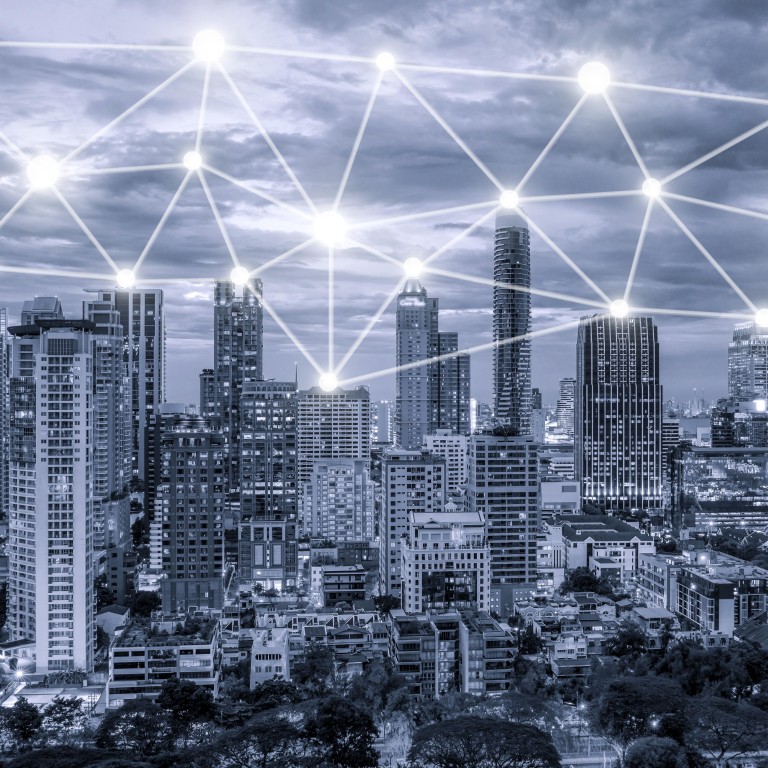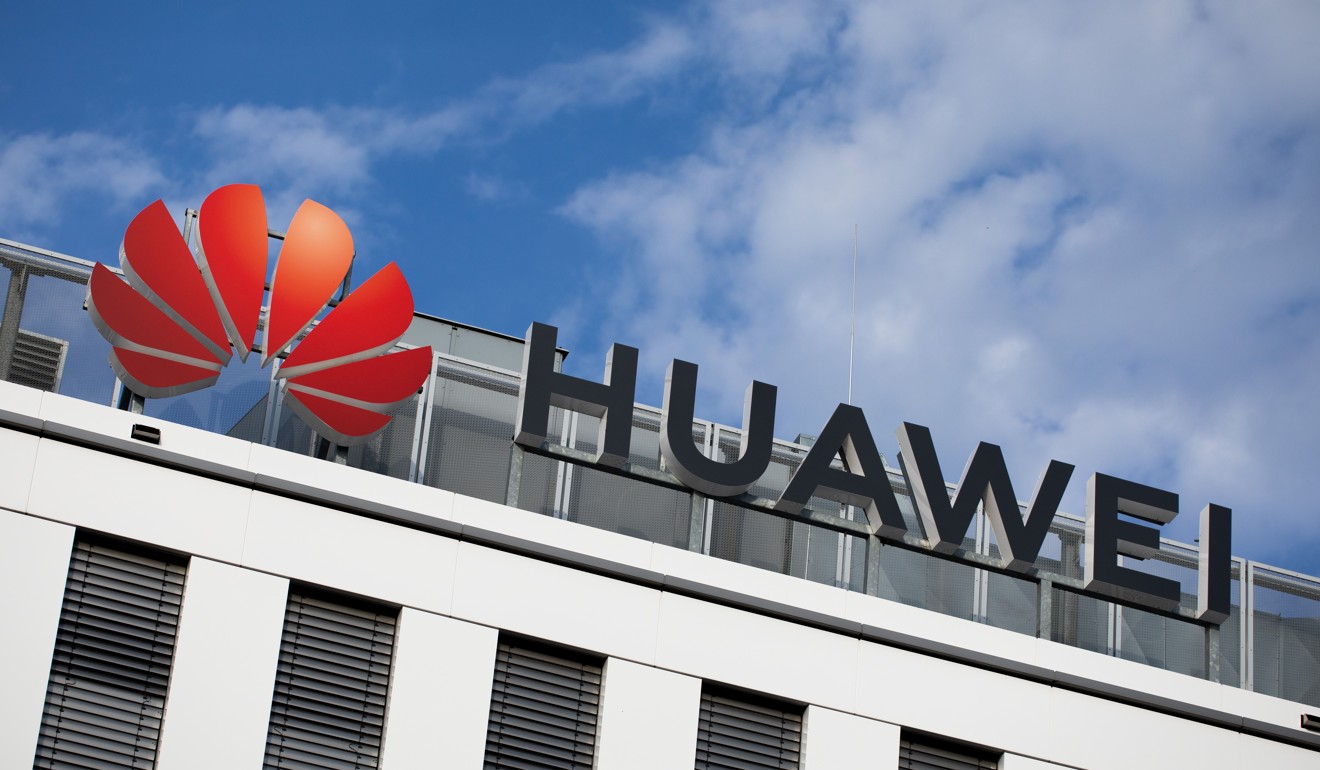
Can China outsmart the United States in the race to build smart cities in Southeast Asia?
- Region is at the heart of the geopolitical rivalry between the two economic giants, experts say
- Both have committed to regional partnerships but US is struggling to make its mark
A year ago, US Vice-President Mike Pence announced that the United States would support a Southeast Asian plan to transform the region’s rapidly growing cities into hi-tech hubs.
The scheme, known as the Asean Smart Cities Network, involves 26 cities – from Bangkok to Yangon – that had come together to tackle shared problems associated with rapid urbanisation and expanding populations. The plan was to embark on a digital makeover and apply cutting-edge technologies to everything from dealing with river pollution and fighting disease, to improving tax collection and cutting crime.
The move would “spur renewed American investment in the region’s digital infrastructure”, Pence said at the plan’s launch in November 2018, where he also promised an initial US investment of US$10 million.

In the meantime, China announced last month that it had launched its own regional partnership to support the Smart Cities Network, which aims to “harvest the opportunities” of the digital revolution.
While Asean countries have largely looked to balance relationships with both the US and China, the involvement of the world’s two largest economies in regional projects makes Southeast Asia another stage for their geopolitical rivalry, experts say.
“Geographically, Southeast Asia is the heart of the competition between the United States and China,” said Brian Harding, deputy director of the Southeast Asia programme at the Centre for Strategic and International Studies (CSIS) in Washington.
“The [US] administration is looking for ways to compete with, not contain, China and offer a vision to Southeast Asian countries that is appealing and might make them want to go in [an American-friendly] direction on norms and standards,” he said, adding that that might include ensuring “smart cities” did not mean overly surveilled ones.
But the absence of top officials, including US President Donald Trump, at a recent summit of Asean leaders sent mixed signals about America’s commitment to the region and complicated the relationship at a time when China has been active in investment and development, observers say.
“Southeast Asians already view US engagement in the region as being on the decline, and seem to have accepted the reality of China’s expanding role,” said Moe Thuzar, a fellow at the ISEAS-Yusof Ishak Institute in Singapore, adding there was a level of mistrust for the “global governance” of both countries.
More significantly, 73 per cent said China had the greater economic influence, compared with just 8 per cent for the US.
China’s announcement that it would officially partner the Smart Cities project came “at a time when the US’s attendance at the Asean summit has been at its lowest representation level in recent years”, Thuzar said.
But the US does not appear to be making much new progress on the ground, observers say.
“With the US, it is unclear how the US$10 million pledge was supposed to be distributed or how it has been used,” said Amalina Anuar, a research analyst at the Centre for Multilateralism Studies at Nanyang Technological University’s S. Rajaratnam School of International Studies in Singapore.
In contrast, China had been “more active in mobilising partnerships” with cities, especially through Huawei and its advanced 5G technology, she said.
The company has completed at least a dozen undersea fibre optic cable projects around the region and installed or signed agreements to install its “safe city” surveillance products in at least five countries, according to the CSIS.

The United States’ concerns about Huawei, which it regards as a threat to national security, “landed really badly in Southeast Asia”, Harding said, adding that the US was “making all sorts of warnings” without offering an affordable alternative to countries in need of tech.
While Vietnam’s Viettel, citing those concerns, rejected Huawei’s infrastructure earlier this year, Thailand is partnering with the Chinese firm on a 5G pilot programme.
But 5G was not the only area in which the US was lagging, Harding said.
“There is surging Chinese investment in digital start-ups across the region, [but] US private equity isn’t going into these places.”
Brendan Thomas-Noone, a research fellow with the foreign policy and defence programme at the US Studies Centre in Sydney, said plain economics could make it hard for US companies to compete with China in Southeast Asia.
“The [US] government can only incentivise private industry and finance to invest, but if it’s deemed too risky than private finance simply says ‘it's not in our investors’ interests’,” he said.
The situation was not the same in China’s state-directed economy, he said.
But Chan Jia Hao, a research analyst at the Institute of South Asian Studies at the National University of Singapore, said there were still opportunities for the US to break into areas not yet dominated by China, such as open data policy, data centres and smart grids.
As the US-China power struggle played out in within projects designed to bring Asean cities closer together, the long-term question was what impact it would have on them, he said.
“[If] some in the region are tied to Chinese technologies, another group to the US … will they continue to work together? Even if they want to cooperate, will they be discouraged by the tech powers?”

